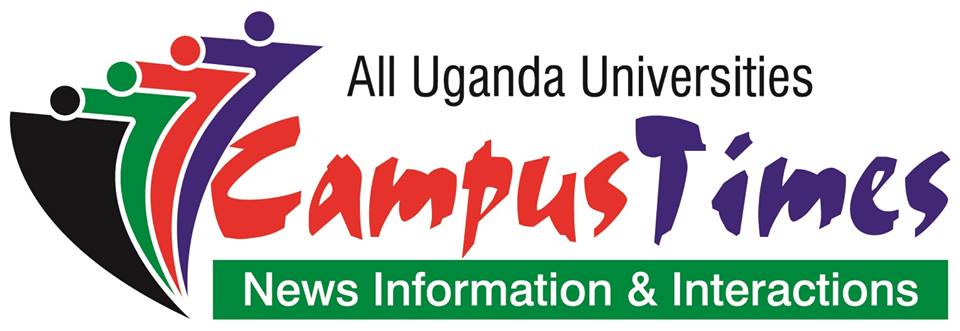By Patricia Namutebi
Digital Earth Africa, a funded programme that allows provision of free earth observation data, has received additional funding from the Leona.M. and Harry B Helmsley Charitable trust. This is to enable Digital Earth Africa to continue its work to provide Earth observation data to Africa until 2026 and further.
This is according to a press release by the Digital Earth Africa communication Department on Tuesday 28th March 2023.
Earth Observation is an Australian Hi-tech innovation that refers to collection of information of the planet earth via remote sensing technology. This type of technology involves satellites carrying imaging devices. Earth observation helps monitor changes and status of the environment.
Since it was established in 2019, Digital Earth Africa has established an Armstrong partnership with a number of national regional and international stakeholders and has developed a trusted and increasingly well-known brand.
Technologies such as these are greatly needed by Africa in these times of the Fourth Industrial Revolution. The African continent is in the race and is embracing technology rapidly to enable global competition with industrialisation.
Digital Earth Africa has several partners, including, but not limited to Geoscience Australia, Group of Earth Observations, FAO, Australian National University, The International Crops Research Institute for the Semi–Arid Tropics and the International Water Management Institute, together with Digital Earth Africa Funders, Leona M and Harry B Helmsley Charitable Trust and the Australian government.
In collaboration with Amazon Web Services, Amazon sustainable Rate initiative Digital Earth Africa has stored over 35 Peta Bytes of data at the AWS Africa capstone region. This storage underpins the provision of a secure stable and high performing platform for users all over Africa.
In Africa, Digital Earth Africa, together with Association for Strengthening Agricultural Research in Eastern and Central Africa (ASARECA). ASARECA was established by African member states with an aim to transform agriculture, enabling digital agriculture. Inclusive of these are Burundi, Cameroon, Central African Republic of Congo, Eritrea, Ethiopia, Kenya, Madagascar, Republic of Congo, Rwanda, South Sudan, Tanzania and Uganda. This integration of African countries as they acquire digital skills in Agriculture will thus enhance a boom in the Agricultural sector.
Project Impacts
Digital Earth Africa projects have impact in Africa including:
- Information from Earth Observation will improve understanding of temporal and spatial trends and patterns in African agriculture from national to continental scale providing basis for more informed planning and policy making.
- The road map provides pathway to future funding sources for long term sustainability of the program and maintenance of the existing food and water security products.
- Influence the longer-term course of Earth Observation policies and practices as well as approaches to inclusive 6development at national and international levels.
- Increased awareness to enhance Digital Earth Africa product uptake to achieve positive environment and developmental impacts.
The African Union calls for digital integration for Africa, however it is up to implementation of the strategies of the AU agenda 2063 by government and African citizens so that we can thrive in the fourth industrial revolution.
In a recent interview with H.E Abou-Zeid Amani, the Commissioner for Energy and infrastructure on Africa’s digital transformation strategy she mentions that,” The African Union is there to integrate the continent and one way of doing this is to connect each and every individual to one another through technology. This is to ensure that no one is left behind during Africa’s digital transformation journey.”
ANSWERS TO THE QUESTIONS POSED TO DR XABA
How does Digital Earth Africa find technology adaptation process in
Since its inception in 2019, the DE Africa program has seen an increase in the number of platform and Sandbox users. This growth signifies an appetite for continent researchers, academia, and practitioners to use technology as a means of empowering communities and the continent. This technology and adaptation uptake for DE Africa has also been immensely contributed by our Capacity Development program, which continues to empower users and having a broader outreach to communities.
The managing Director Dr. Thembi Xaba comments on how these tools and systems benefit the end user in Africa, Particularly the farmer. She says,
“Our program delivery model is embedded in partnerships, through which we seek to emphasise diversity and inclusion, which is also aligned to localisation.”
“We acknowledge that there is a digital divide in the continent, which will limit access to our data, he adds however, it is through working with partners, that the tools and services can easily be translated to end users and benefit farmers.”

DE Africa cropland extends maps


